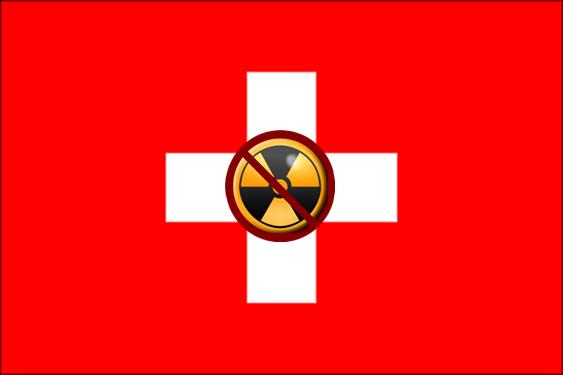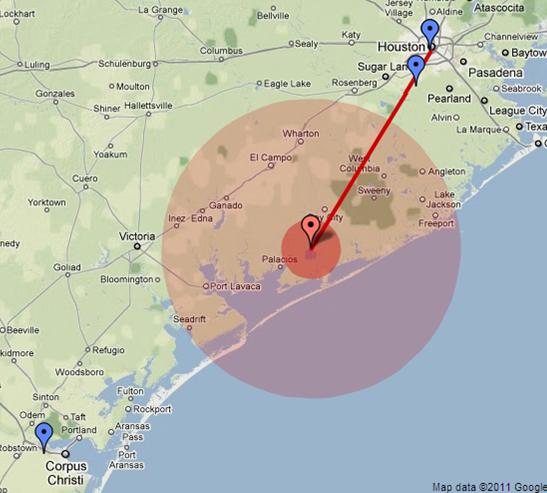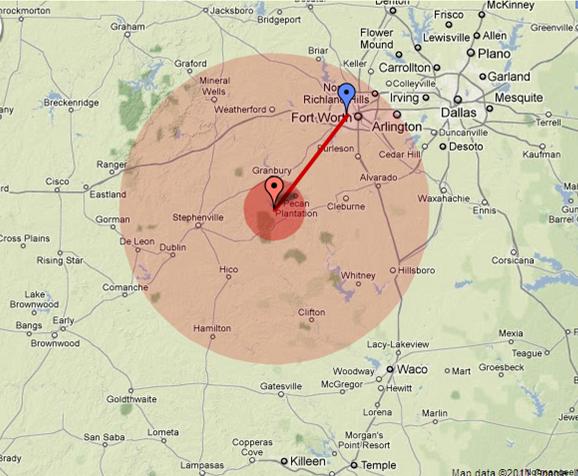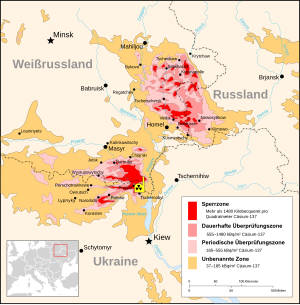Critiques of nuclear generation have generally revolved around safety risks and high construction fees, but relatively little attention has been paid to what happens when a nuclear plant powers down for good.
Costs Can Reach Over $1 Billion
Nuclear plants must be decommissioned at the end of their useful life, and operating licenses are generally for 40-60 years. The costly, labor-intensive process involves two major actions: nuclear waste disposal and decontamination to reduce residual radioactivity.
There are currently 104 commercial nuclear power plants operating in the US, most of which were built in the 1970s and are slated for decommissioning during the next three decades.
At least one nuclear plant now running will be shut for good in the next several years, namely Exelon Corp’s Oyster Creek plant in 2019. Before then, we could see Entergy Corp’s Vermont Yankee plant shutter as early as next year, should the state’s veto of a license already granted by the NRC hold up in court. And New York State politicians continue to wield whatever pressure they can to keep Indian Point from winning a license extension in ongoing proceedings.
South Texas Nuclear Project (STP) in Matagorda County licenses expire in 2027 and 2028, they recently applied for a license renewal which would extend the life of the plants 20 years, and they would expire in 2047 and 2048 respectively. The license renewal application is being contested and you can click here to find out how you can listen in to the 1st Atomic Safety and Licensing Board (ASLB) hearing on this license renewal application. However, even if the license renewal is approved, there is a possibility that at some point before the license expiration dates, the costs of repairs could exceeded the value of the plant, and dismantling it could offer a better financial option.
As of April 2011, there were 23 nuclear units in various stages of decommissioning. Only ten out of the 23 have been completely cleaned up.
Decommissioning costs typically run at $500 million per reactor unit. But actual costs vary based on size and design, and some have reached over $1 billion — that is between 10 percent and 25 percent of the estimated cost of constructing a nuclear reactor today.
About 30 percent of the cost of decommissioning goes towards waste disposal.
A decommissioned plant creates several different streams of waste
- Spent nuclear fuel rods are kept in dry storage or in spent fuel ponds at the reactor sites. An average nuclear plant generates 20 metric tons (44,092 lbs) of used nuclear fuel annually, or 1,200 metric tons over a plant’s 60-year lifespan. Every 3 to 5 years, one-third of the fuel assembly rods in the reactor are removed and stored in storage pools for about 10 to 20 years. During this period, the fuel loses much of its radioactivity and heat. After that period, the fuel can be stored in large sealed metal casks that can be cooled by air. Typically a 1000 MWe reactor will discharge about 2 metric tons of high level waste each refueling. A PWR will discharge 40 to 70 fuel rods; a BWR will discharge 120 to 200 fuel rods.
- Anything contaminated with lower levels of radiation — pipes, tools, workers’ clothing, reactor housings, really, pretty much everything but the spent fuel rods — are sent to special low-level nuclear waste facilities around the country. The remaining non-radiated waste can be disposed of in regular landfills.
Three pathways to decommissioning
The Nuclear Regulatory Commission offers utilities three options for decommissioning plants.
- The first option is immediate cleanup after the plant shuts down.
- In the second option, called SAFSTOR, the plant is closed and awaits cleanup at a later time, offering plants extra time to increase their decommissioning funds.While there is a requirement for operators to set aside funds for decommissioning, some plants have had to shut down before they had sufficient decommissioning funds and once they shut down, the revenue stream dries up. This means they must wait until their funds accrue sufficient interest to begin decommissioning.The NRC gives utilities up to 60 years to complete decommissioning.This waiting period adds flexibility for plant owners with multiple reactors that shut down at different times. Once all the reactors cease operation they will be decommissioned together to save money and resources.
Of the 13 reactors currently being decommissioned, six chose immediate decontamination and seven remain in SAFSTOR conditions.
- No U.S. plant has ever chosen the third decommissioning option, called ENTOMB.Workers would begin by moving the fuel rods into dry storage casks removing 99.9 percent of the plant’s radiation, but which currently must be stored on site. Next, they use solvents and filters to clean up other contaminated surfaces.The other radioactive material onsite is sent to low-level waste facilities, and the plant is left to sit for decades.With ENTOMB there is no requirement to build extra containment buildings because the NRC postulates that most of the radiation will already be gone, though plant operators would continue to monitor the site for security.After 80 to 100 years, the plant would be safe enough to enter while wearing street clothes, and workers could dismantle the plant with just “a plasma torch and dust mask”.Still utilities don’t like the ENTOMB option because they don’t want to deal with the long-term liability.
Radioactivity for Volume
Low-level radiation waste comes in three varieties: Class A, B and C. Class A waste contains the lowest levels of radiation.
There are three low-level nuclear waste facilities in the United States — in Clive, Utah; Barnwell, South Carolina and Hanford, Washington. Clive only accepts Class A waste; the other two sites accept Class B and C waste but only from select northwestern and eastern states.
The new low-level waste facility under construction in Andrews County, Texas will accept Class A, B and C waste, and originally limited its intake to nuclear waste from Texas and Vermont, but the Texas legislature just opened the site up to take waste from outside the original compact, meaning it could take waste from anywhere in the United States. However, a study by the Texas Commission on Environmental Quality indicates the site only has the capacity to take the low-level radioactive waste from the six Texas and Vermont reactors.
When Barnwell and Hanford started restricting their operations, nuclear plants adjusted their practices. Operators began changing filters more often to selectively create Class A waste that could be sent to Clive. As a result, Class B and C now make up less than 15 percent of low-level nuclear waste.
So after nearly 60 years, with 104 nuclear reactors approaching the end of their useful life, it remains unclear how this country is going to deal with the decommissioning waste. How foolish would a nuclear renaissance be in the face of this unsurmounted problem? The industry continues to insist, over-optimistically, that we will find a long-term solution, yet ,pessimistically, doesn’t think we can find a replacement renewable energy source in the same time frame. The industry dost protest too much, methinks.








